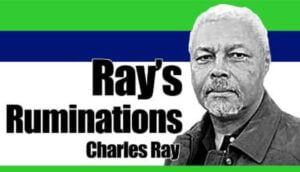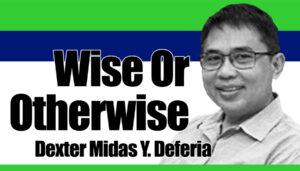
Sinulog brings to mind the famed navigator, Ferdinand Magellan. He was Portuguese but planted the flag of another country, Spain, for it to rule us for over three centuries.
Apparently, he was only in it for the glory and the money.
He did one thing, however, that has been of lasting imprint to many Filipinos. He introduced Christianity. He brought with him sacred icons of the faith and gave one to the ruler of Cebu, Humabon. This is the Sto. Niño, a revered statuette of the Christ Child, whose Feast is celebrated in the annual Sinulog Festival of Cebu.
I have some musings about Magellan that I find amusing. They are based on (but are not entirely) documented history. They’re conjectures that could be true or not, but which to me, are nothing but interesting possibilities.
Humabon was then engaged in what seemed a hostile conflict with Lapu-Lapu, the chieftain of Mactan, an island across a narrow channel from Cebu.
(I don’t recall any mention on why they were feuding, but it could be – and this is just my conjecture – perhaps, over control and access to nearby fishing grounds. Fisheries would have been the main source of food and protein for people in both Cebu and Mactan and their physical proximity and fishing technologies that time suggest that their fishing grounds were likely accessible to both their fishers; hence, a powder keg for dispute.)
Magellan chose to take sides. He took the side of Humabon, his host. Besides, the bigger Cebu was a far better prospect of political and economic returns for his investment on getting involved in the dispute.
He might have also believed that Humabon’s realm was larger and so was a bigger audience for showing off his military might and had a larger population to awe, frighten, intimidate – and eventually dominate – with the modern European weapons he had.
Magellan might have been a great navigator, but I don’t know about being a military tactician. Perhaps, thinking that the bright rising sun would be at his back in an early morning attack, he chose to make his seaborne assault from the east side of Mactan. As its present features show, this side of the island happens to be where there’s (a) a rather long stretch of intertidal flat that is dominated by coral cover farther from shore, and mud nearer the shore; and (b) an extensive mangrove cover along its shoreline.
Dictated by time and sun position, Magellan might have attacked when the tide was receding, which seems to explain why the modern canons in his boats could not come close enough to shore to cover his landing party, and his landing party – him included – had to wade a long stretch of water toward shore.
Imagine wearing the European leather and armor battle gear of the time, wading in, perhaps, knee-to-waist-deep water, trudging through sharp corals and mud, and making sure your musket does not get wet.
Lapu-Lapu did not have to do anything but wait in the covers of the mangroves. And when Magellan and his attacking party exhaustedly struggled to shore, their battle gear already heavier after being soaked with water, Lapu-Lapu – well-rested as he and his defenders waited for Magellan to get to shore – easily struck them down with their “inferior native weapons”.
Magellan fell because he made two mistakes:
First, says the renowned Filipino economic historian and who was once President of the University of the Philippines, the Development Academy of the Philippines, and Minister of Education, Magellan got himself involved in a local political dispute.
The second, to me, is he didn’t bother to learn ecology. He might have learned great navigation, sailed across vast oceans and had the world’s most modern weapons at that time, but he did not understand the underlying natural processes that create the changing features of our environment that local populations have long learned to use for their survival.
For these two mistakes, he died.
What might Magellan tell us today?
Perhaps this: getting involved in local political disputes, and ignorance of ecology, could be lethal. – NND




